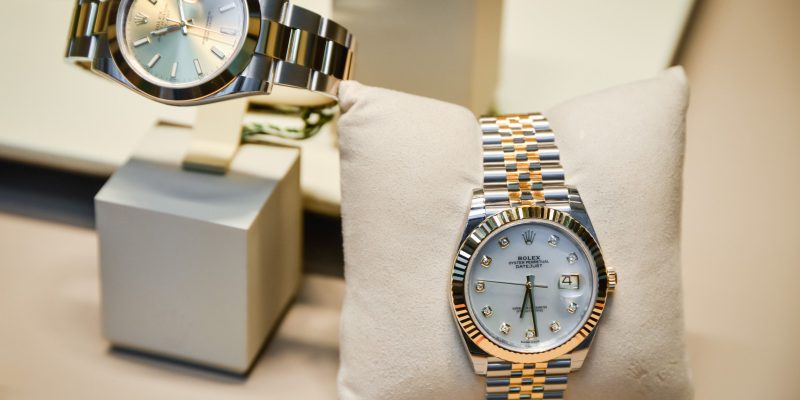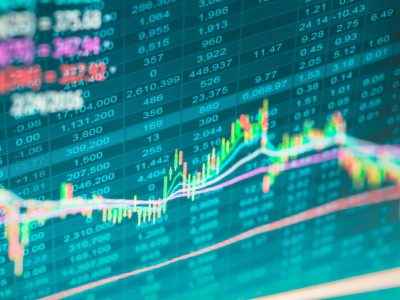
In a move reflecting the surging value of gold, Rolex SA, the titan of Swiss luxury watchmaking, has initiated a significant price increase on some of its most sought-after timepieces.
This adjustment, implemented at the start of the new year, sees prices on certain models crafted from precious metals climb by as much as 8%.
The move underscores the close relationship between the cost of raw materials and the pricing of high-end luxury goods.
The golden catalyst for a price surge
The Geneva-based company, governed by the Hans Wilsdorf Foundation, began 2025 by raising the price of its yellow gold models.
For example, a yellow gold Day-Date with a 40-millimeter black dial has seen an increase from €41,000 to €44,200 ($45,809) as of January 1st, according to the French version of Rolex’s website.
Similarly, a yellow gold GMT-Master II now costs €44,600, up from €41,300.
The company typically implements its annual price adjustments on January 1st.
These price escalations are driven by a confluence of factors, including the demand for premium products, the cost of raw materials and labor, as well as the overall inflationary environment.
Most notably, gold experienced its largest annual price surge in 14 years in 2024, soaring by a remarkable 27%, a critical factor in Rolex’s latest price revision.
A stark increase compared to previous years
While Rolex usually implements an annual price adjustment, this year’s hikes are notably more pronounced than those observed in the previous year.
In early 2024, the brand had raised prices on some precious metal models by around 4% in the UK.
When Bloomberg reached out to a Rolex spokesperson in Geneva to comment on the specific details of these price changes, the spokesperson declined, leaving the market to interpret the company’s strategy.
Pricing as a reflection of economic strength
The differing prices for timepieces across various countries also serve as a subtle indicator of a nation’s economic standing.
Rolex, the world’s leading luxury watch brand, is estimated to produce more than 1 million watches annually, achieving sales exceeding 10 billion Swiss francs (approximately $11 billion).
While precious metal models bore the brunt of the price adjustments, steel models also saw increases, although less drastic.
A steel Cosmograph Daytona now retails for €16,000, up from €15,500 in 2024, while the price of a Submariner dive watch without a date increased by approximately 1.6% to €9,500.
These more modest increases in steel models suggest a tiered approach to price adjustments by the brand.
More than just gold
Although the recent price increases are primarily linked to the surge in gold prices, currency fluctuations have been a factor in the past.
In 2022, Rolex raised prices twice in the UK and Europe as the Swiss franc appreciated against the British pound and the euro, illustrating the complex interplay of factors that influence the pricing of luxury goods in the global marketplace.
The post Rolex rings in New Year with price hikes as gold surges appeared first on Invezz









